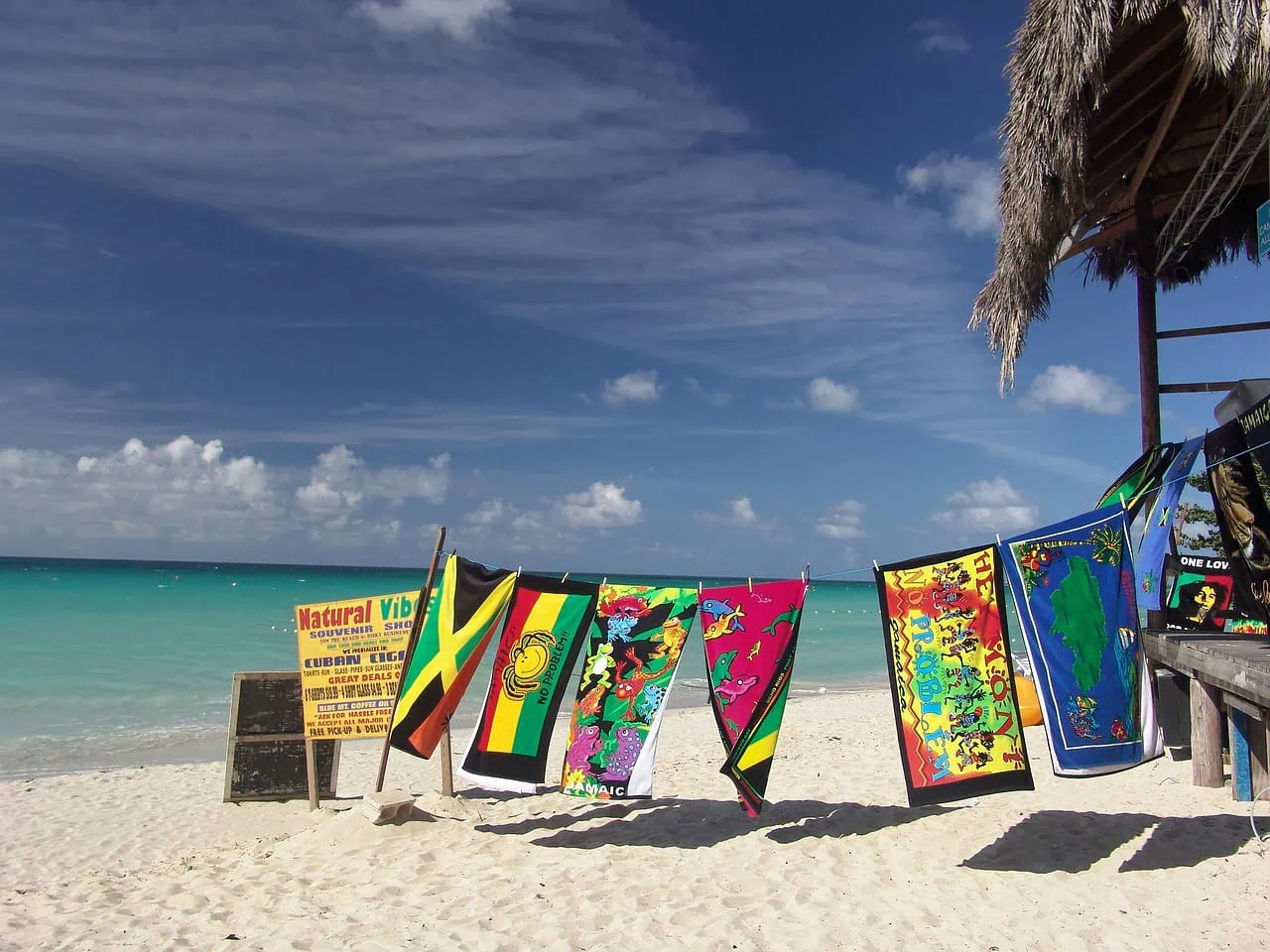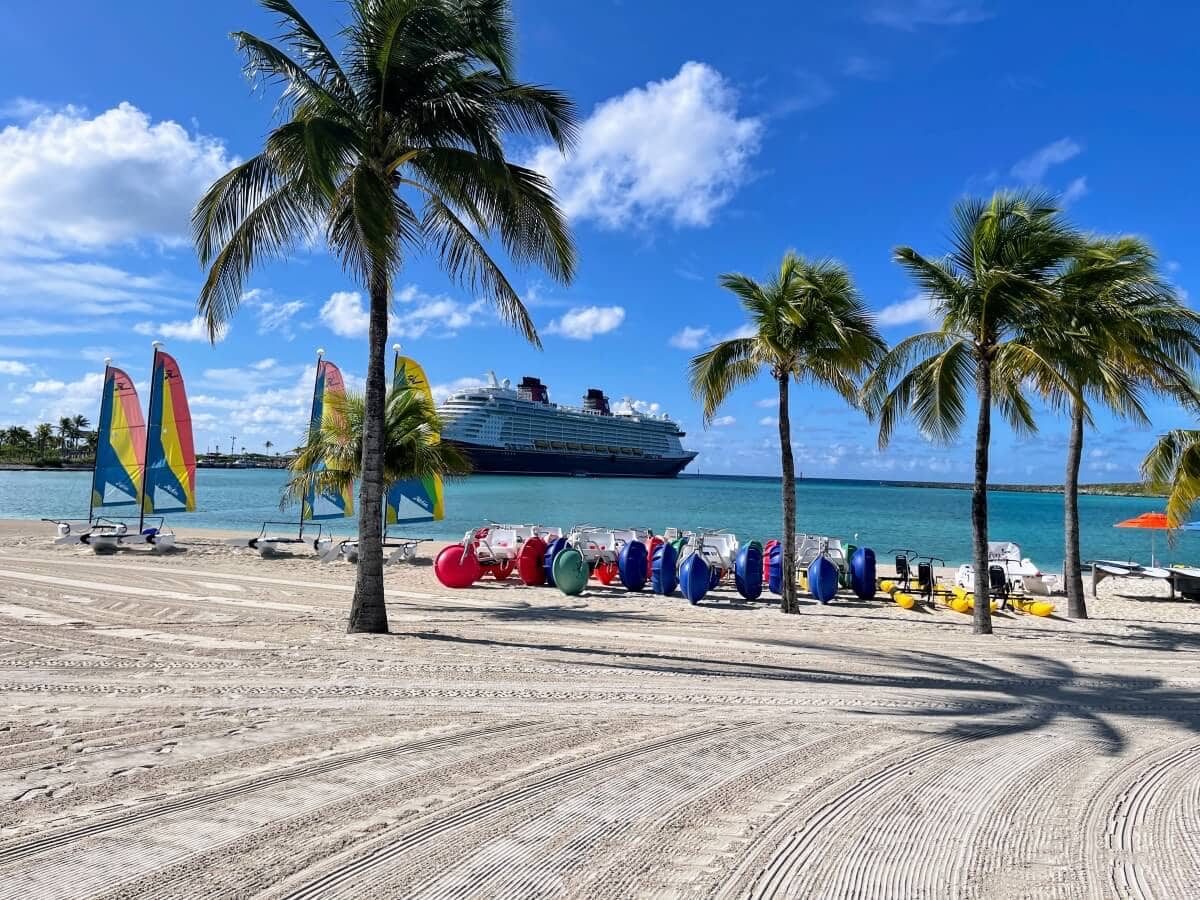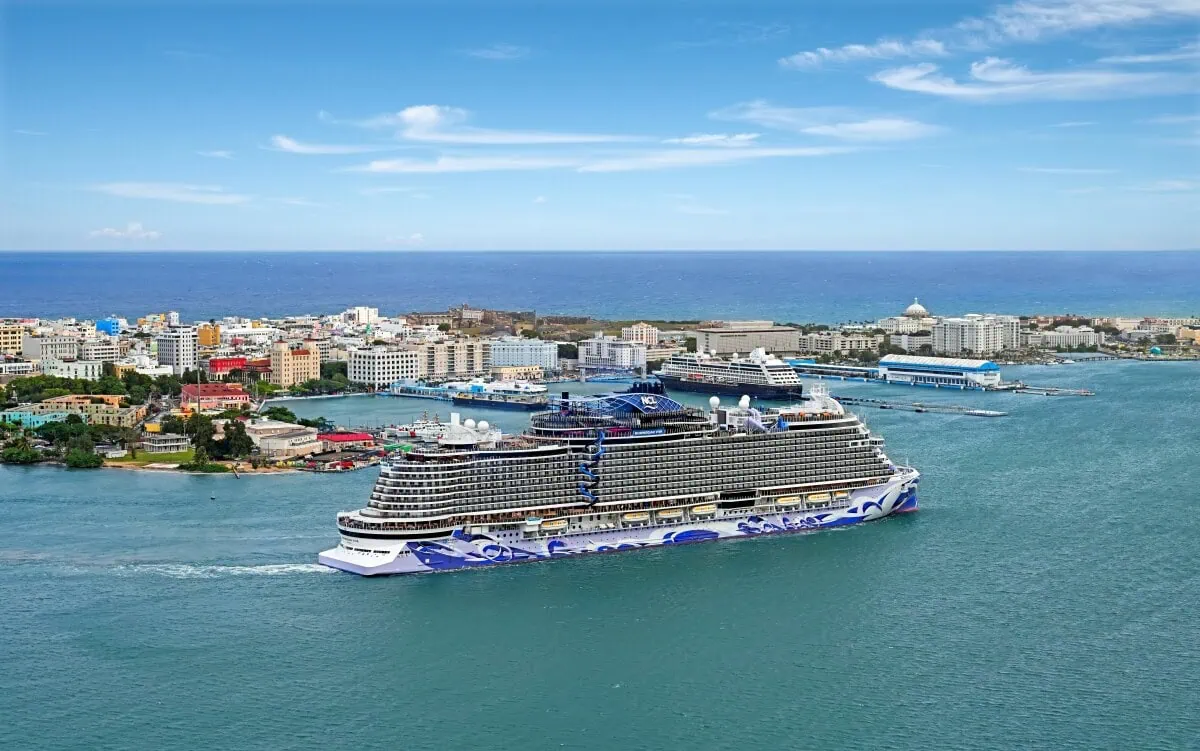AAA projects a record 21.7 million Americans will cruise in 2026, marking the fourth consecutive year of record cruise passenger volume. That’s a 4.5% jump from 2025, which is already exceeding expectations at 20.7 million cruisers.
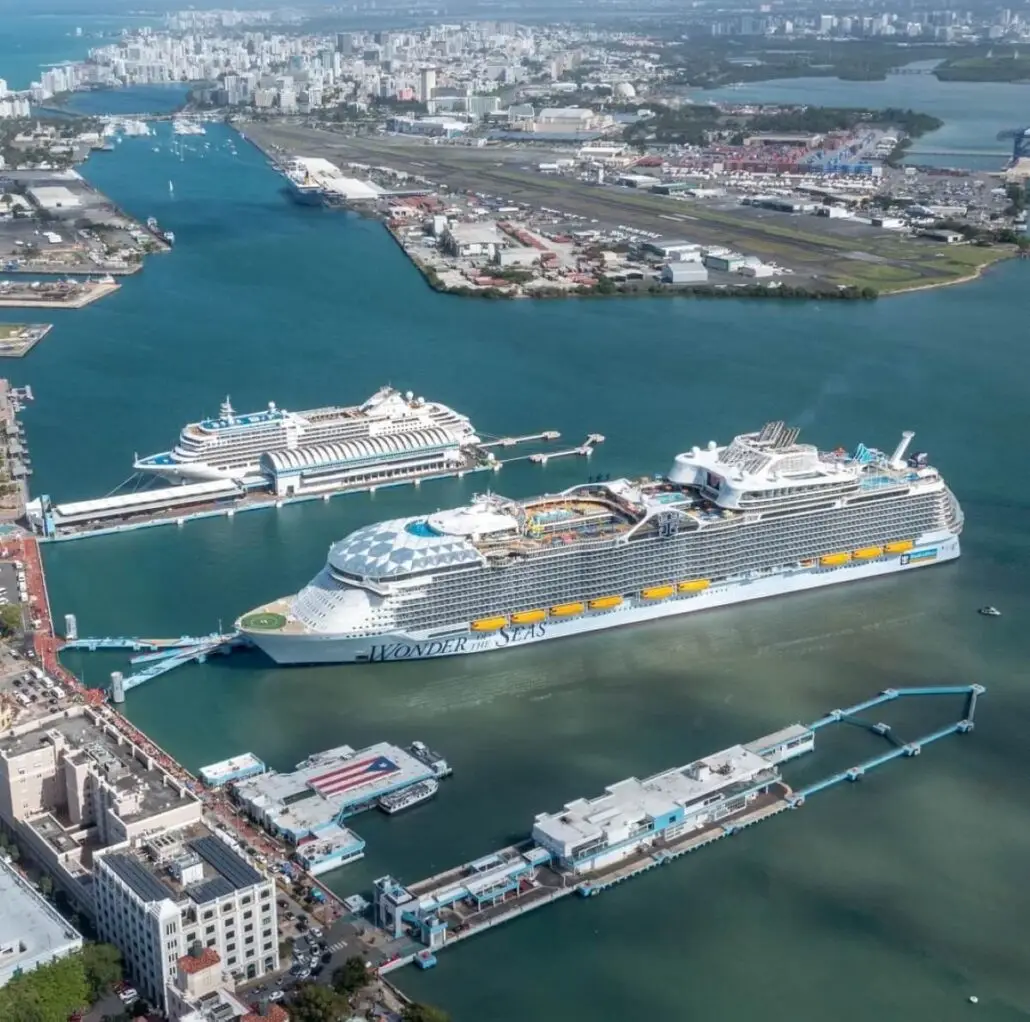
The steady climb reflects strong consumer demand, expanded itineraries, and increased capacity across major cruise lines. According to Debbie Haas, Vice President of Travel for AAA, the momentum shows no signs of slowing.
“Cruising is surging, with travelers booking more voyages and exploring new destinations in record numbers,” Haas said. “With more ships, expanded itineraries, and rising demand, cruising continues to be the go-to vacation for unforgettable experiences at sea.”
Who’s Getting on These Ships

Ocean cruising appeals to all ages, but older adults dominate. AAA data shows 65% of adult U.S. cruisers are 55 and older, while 27% are aged 35-54, and 7% fall between 18-34.
Cruising is also a shared experience. Nearly half of U.S. cruise passengers travel as couples, 20% cruise with children, 7% sail solo, and the remainder explore in groups.
Whether it’s a romantic escape or a multigenerational adventure, the variety keeps cabins full.
Mega-Vessels Take Over, Especially in the Caribbean
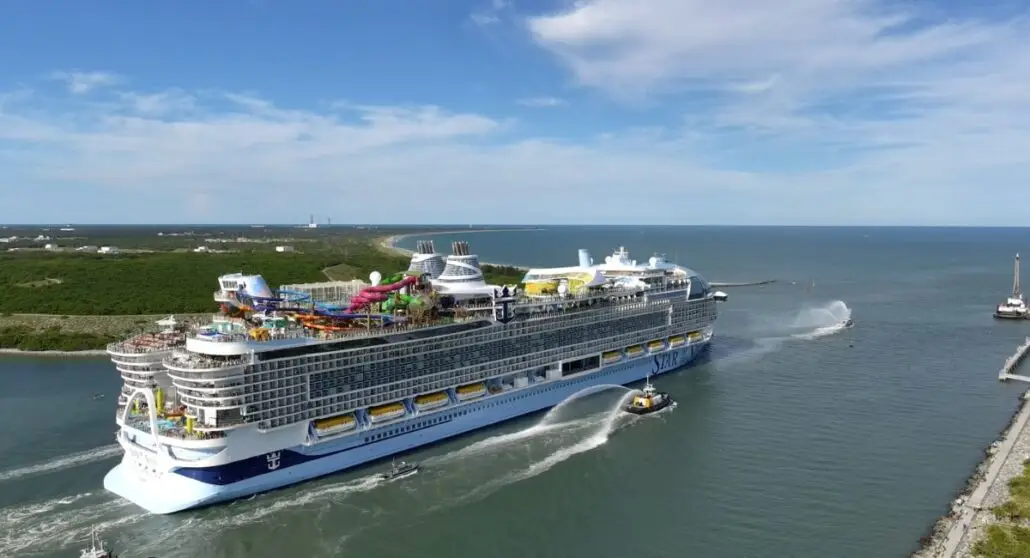
As demand grows, so do the ships. Mega-vessels are rising in popularity, particularly in the Caribbean, where most of them sail. These larger ships are deployed in three of the four top cruise regions: the Caribbean, the Mediterranean, and Northern Europe. Alaska remains the exception—smaller vessels dominate there.
The Caribbean captures 72% of U.S. cruise passengers, which is why Miami, Port Canaveral, and Fort Lauderdale rank among the world’s busiest cruise ports. Next year, 7% of U.S. passengers are expected to take Alaska cruises, while 5% are projected to sail the Mediterranean.
The Caribbean’s popularity is bolstered by increased shorter-length cruises. These appeal to passengers seeking convenience and allow cruise lines to schedule more itineraries and sell more cabins from the same ports.
When and Why People Are Booking
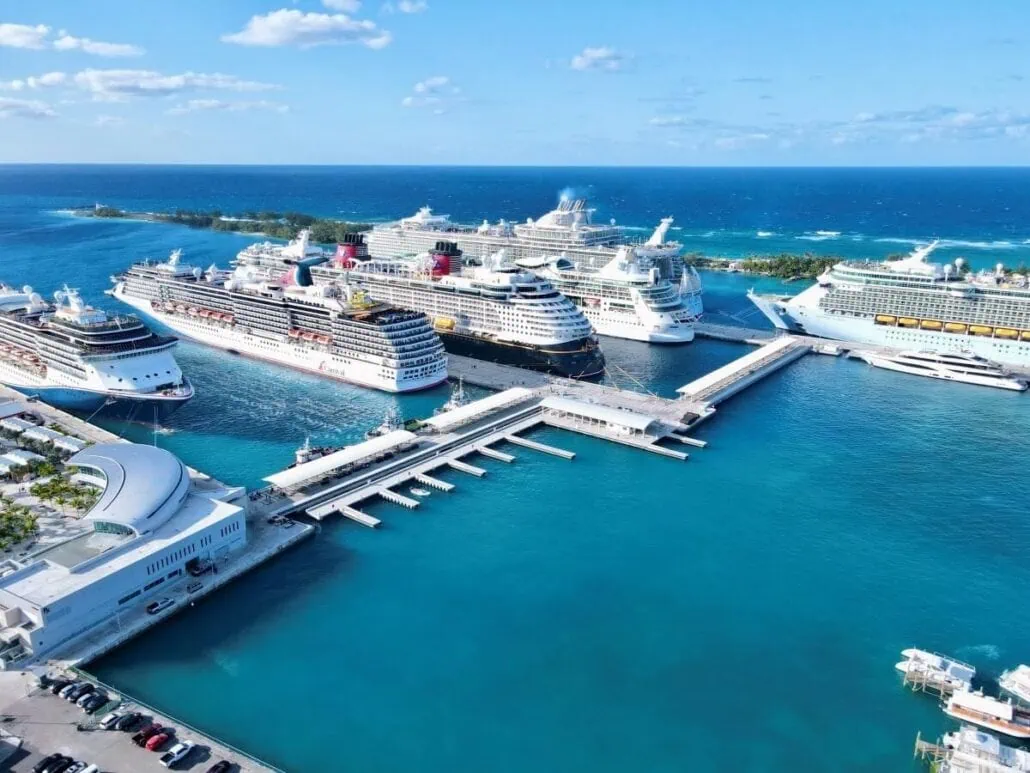
Caribbean cruise season runs November through March, following hurricane season and during colder months when travelers seek warmth.
Alaska’s season is shorter—April through October—driving strong summer demand. Many travelers capitalize on this pattern by cruising Alaska in summer and heading to the Caribbean in winter.
The appeal is straightforward. AAA data shows 90% of U.S. cruise passengers rate their experience as good or very good, and 91% have cruised more than once.
Cruising continues to delivers convenience, variety, and value. Many find it more economical than booking flights and hotels separately, especially when visiting multiple destinations.
For those seeking remote adventures, cruise lines now offer expedition-style itineraries to the Arctic and Antarctica.



